Utility Scripts
NOTE: If running EdgeX in Secure Mode, you will need a Consul ACL Token in order to use these scripts.
Use Cases
Create new credentials and assign MAC Addresses
- Run
bin/map-credentials.sh - Select
(Create New)
- Enter the Secret Path to associate with these credentials

- Enter the username
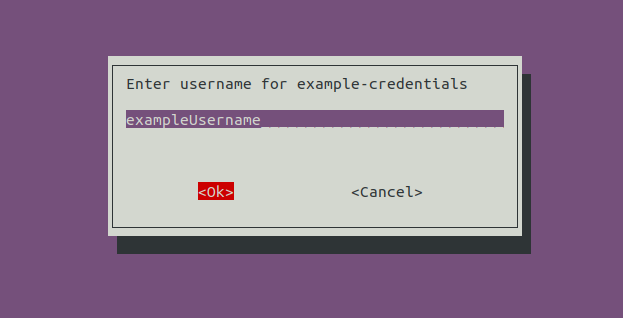
- Enter the password
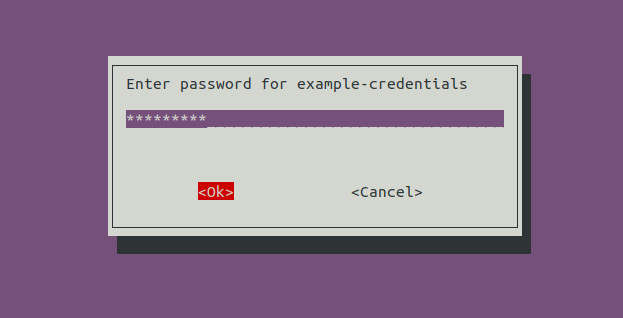
- Choose the Authentication Mode

- Assign one or more MAC Addresses to the credential group
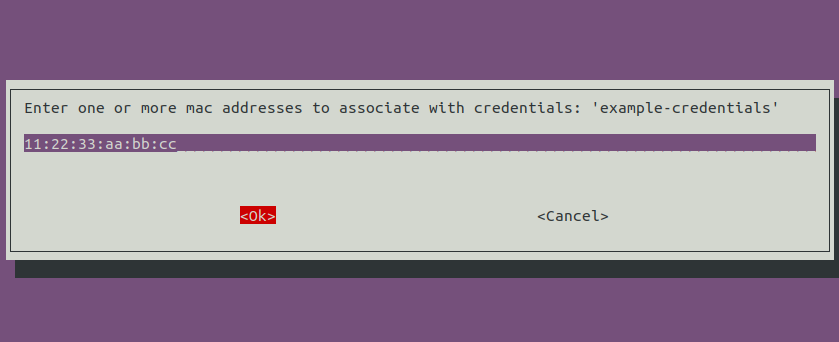
Assign MAC Addresses to existing credentials
Note: Currently EdgeX is unable to provide a way to query the names of existing secrets from the secret store, so this method only works with credentials which have a key in the CredentialsMap. If the credentials were added via these utility scripts, a placeholder key was added for you to the CredentialsMap.
- Run
bin/map-credentials.sh - Select the name of the existing credentials you want to assign devices to

- Assign one or more MAC Addresses to the credential group
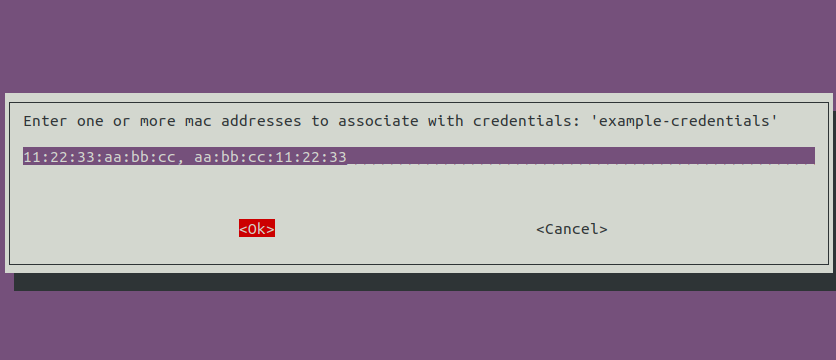
Modify existing credentials
- Run
bin/edit-credentials.sh -
Select the name of the existing credentials you want to modify > NOTE: This will modify the username/password for ALL devices using these credentials. Proceed with caution!
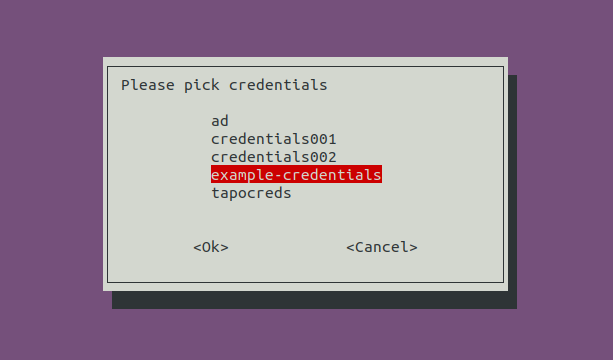
-
Enter the new username
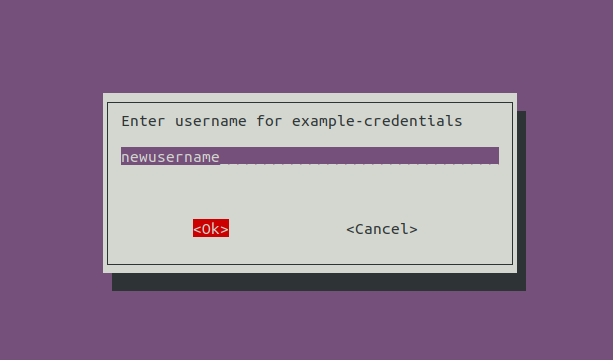
- Enter the new password

- Choose the new Authentication Mode

List all existing credential mappings
- Run
bin/query-mappings.sh
Output will look something like this:
Credentials Map:
mycreds = 'aa:bb:cc:dd:ee:ff'
mycreds2 = ''
simcreds = 'cb:4f:86:30:ef:19,87:52:89:4d:66:4d,f0:27:d2:e8:9e:e1,9d:97:d9:d8:07:4b,99:70:6d:f5:c2:16'
tapocreds = '10:27:F5:EA:88:F3'
Configure DiscoverySubnets
- Run
bin/configure-subnets.sh - (Optional) If running secure mode, enter Consul Token

configure-subnets.sh
Usage
bin/configure-subnets.sh [-s/--secure-mode] [-t <consul token>]
About
The purpose of this script is to make it easier for an end user to configure Onvif device discovery
without the need to have knowledge about subnets and/or CIDR format. The DiscoverySubnets config
option defaults to blank in the configuration.toml file, and needs to be provided before a discovery can occur.
This allows the device-onvif-camera device service to be run in a NAT-ed environment without host-mode networking,
because the subnet information is user-provided and does not rely on device-onvif-camera to detect it.
This script finds the active subnet for any and all network interfaces that are on the machine
which are physical (non-virtual) and online (up). It uses this information to automatically fill out the
DiscoverySubnets configuration option through Consul of a deployed device-onvif-camera instance.
edit-credentials.sh
Usage
bin/edit-credentials.sh [-s/--secure-mode] [-u <username>] [-p <password>] [--auth-mode {usernametoken|digest|both}] [-P secret-path] [-M mac-addresses] [-t <consul token>]
About
The purpose of this script is to allow end-users to modify credentials either through EdgeX InsecureSecrets via Consul, or EdgeX Secrets via the device service.
map-credentials.sh
Usage
bin/map-credentials.sh [-s/--secure-mode] [-u <username>] [-p <password>] [--auth-mode {usernametoken|digest|both}] [-P secret-path] [-M mac-addresses] [-t <consul token>]
About
The purpose of this script is to allow end-users to add credentials either through EdgeX InsecureSecrets via Consul, or EdgeX Secrets via the device service. It then allows the end-user to add a list of MAC Addresses to map to those credentials via Consul.
query-mappings.sh
Usage
bin/query-mappings.sh [-s/--secure-mode] [-u <username>] [-p <password>] [--auth-mode {usernametoken|digest|both}] [-P secret-path] [-M mac-addresses] [-t <consul token>]
About
The purpose of this script is to allow end-users to see what MAC Addresses are mapped to what credentials.